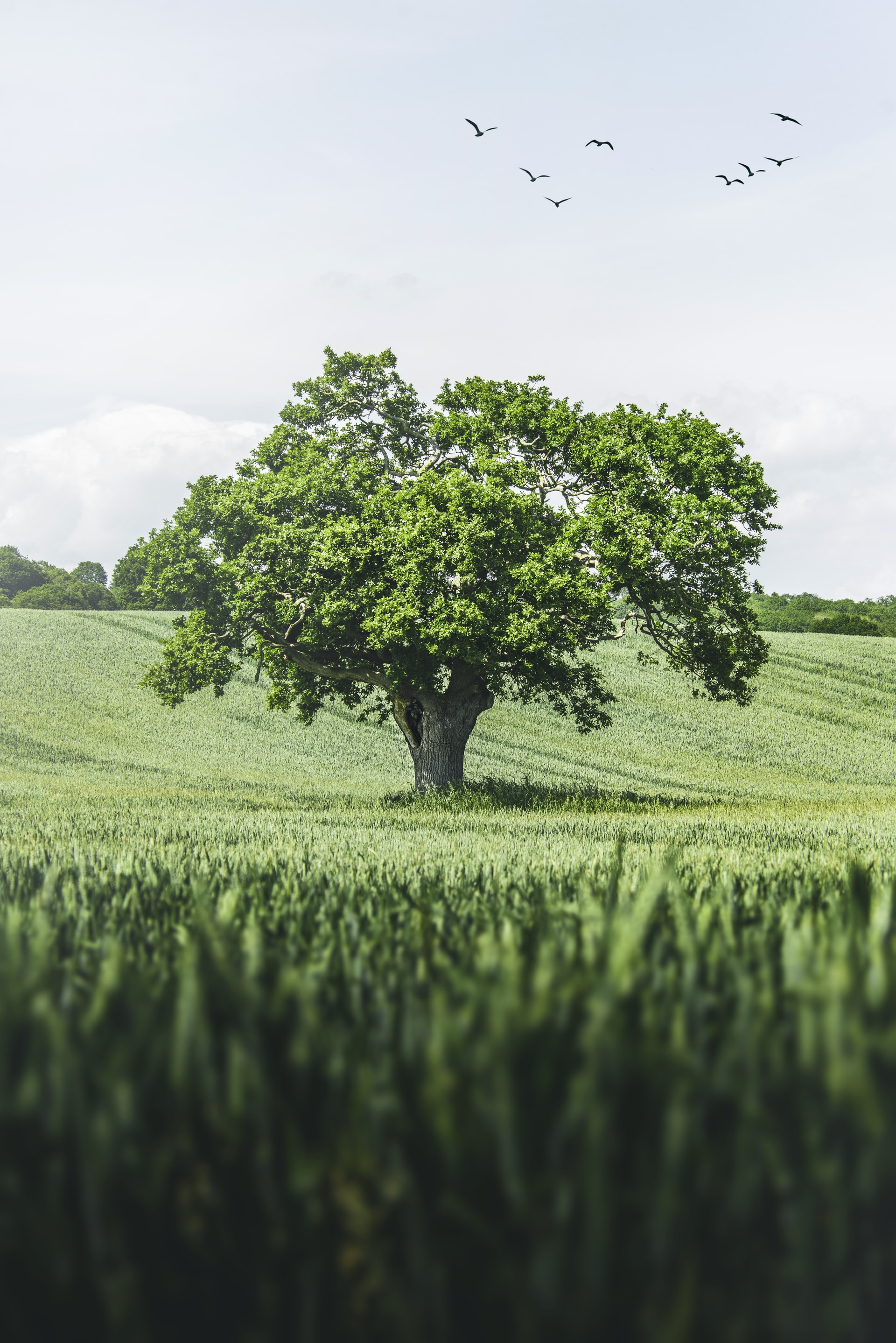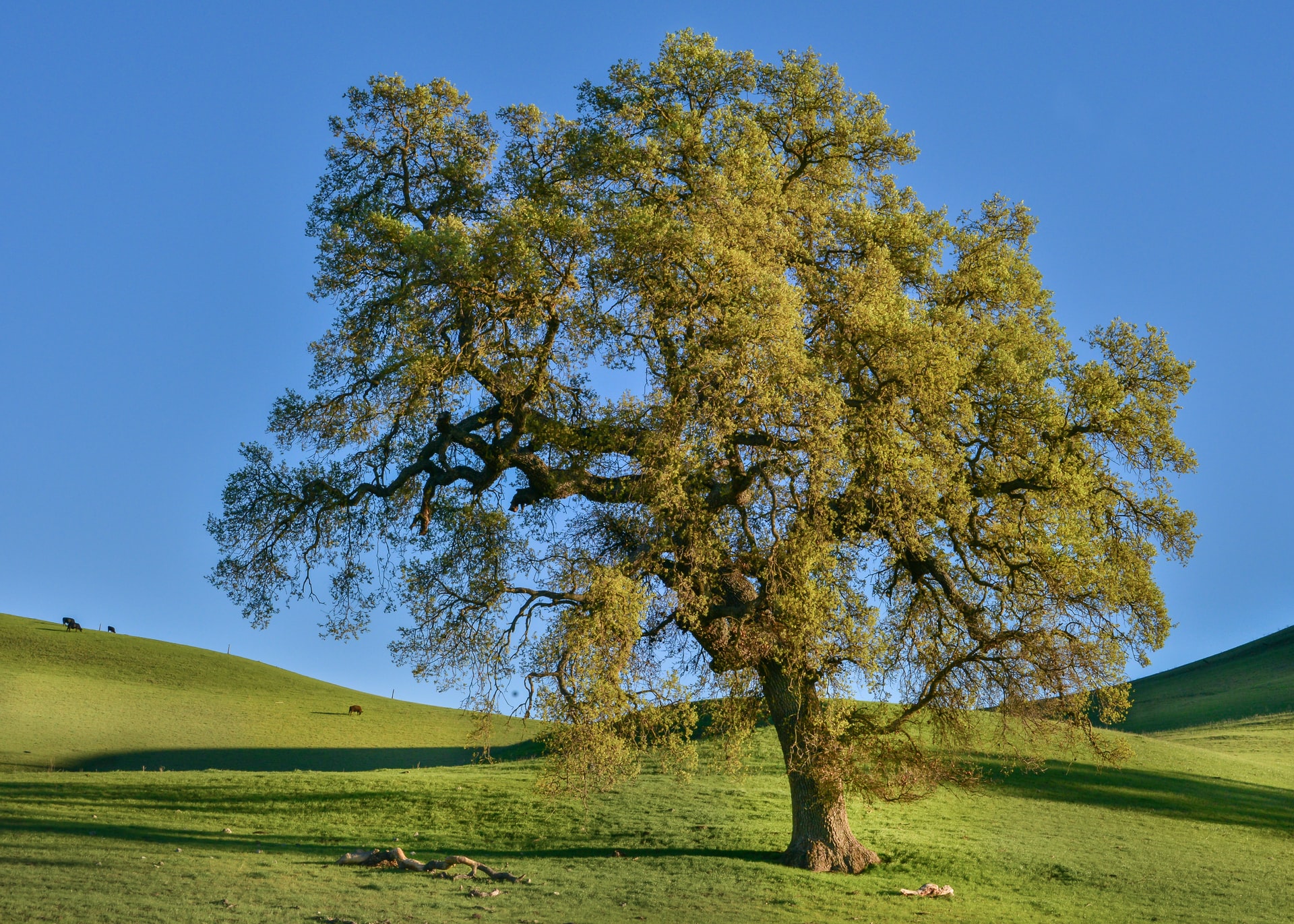
- Sustainable Planet -
- 5mins -
- 1,380 views
Old oak trees ‘learn’ to raise CO2 absorption when there’s more in the atmosphere, study finds
Researchers discover mature oak trees can increase their rate of photosynthesis to absorb higher quantities of carbon dioxide.
Old oak trees adapt to increasing c02 in the atmosphere
Mature oak trees will increase their rate of photosynthesis by up to a third in response to the raised CO2 levels expected to be the world average by about 2050, new research shows. The results, published in Tree Physiology , are the first to emerge from a giant outdoor experiment, led by the University of Birmingham (England) in which an old oak forest is bathed in elevated levels of CO2.
Over the first three years of a ten-year project, the 175-year-old oaks clearly responded to the CO2 by consistently increasing their rate of photosynthesis. Researchers are now measuring leaves, wood, roots, and soil to find out where the extra carbon captured ends up and for how long it stays locked up in the forest.
Sources: MyScience|ClimateChange.org.au
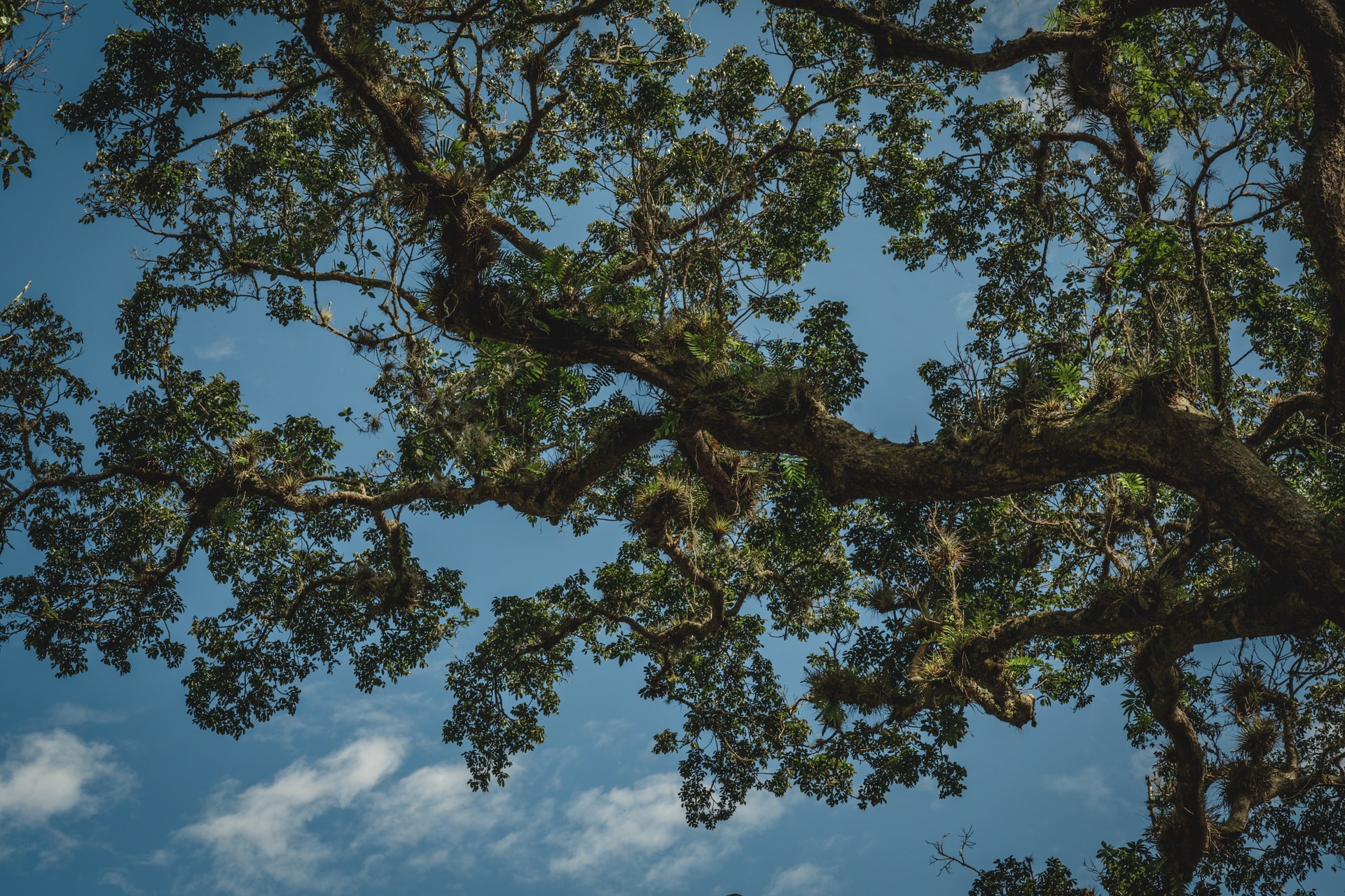
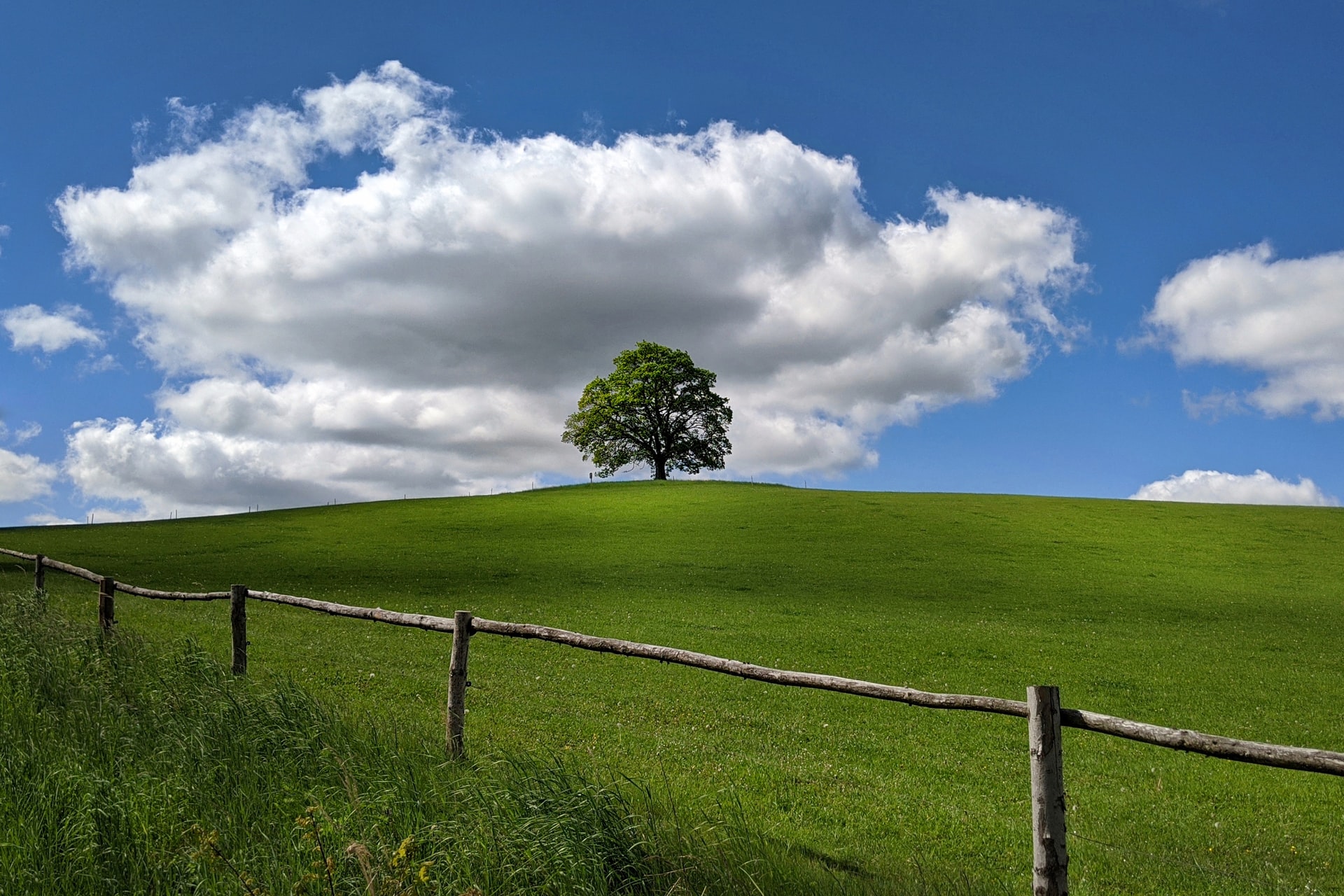
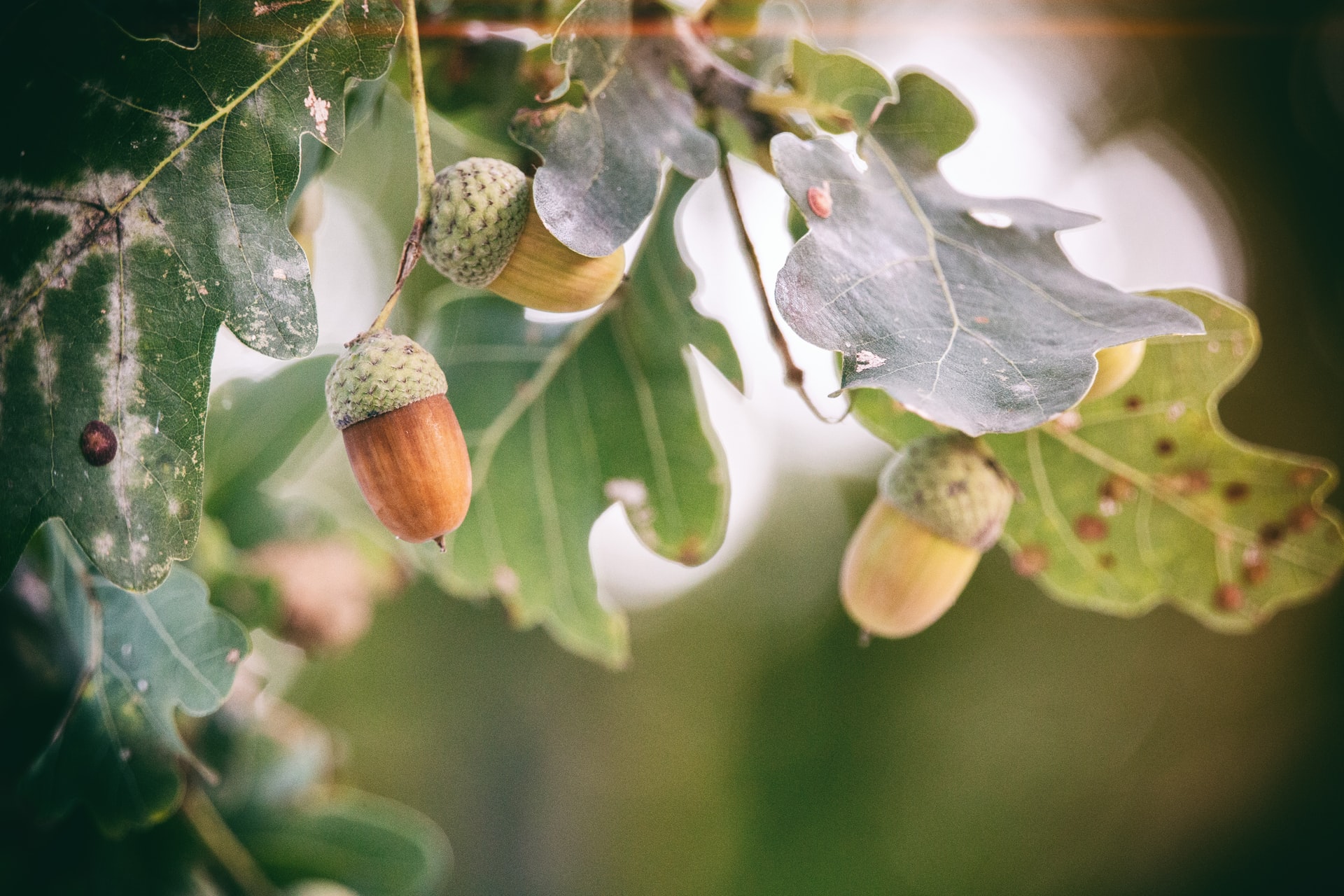
LifeTerra: 500 million trees by 2025 — let’s plant together!
Life Terra is a foundation with a mission to enable people to take impactful climate action now. We facilitate tree planting, educate future generations, and develop tree monitoring technology.
Life Terra is founded on the knowledge that tree planting is regarded as the most cost-effective nature-based solution to capture carbon. As part of a multi-faceted mitigation strategy, planting trees can play an important role in the fight against climate change and the devastation it causes (heat waves, drought, forest loss, desertification, erosion, flooding).
Life Terra seeks to bring people together to plant 500 million trees in 5 years, harnessing and monitoring nature’s own carbon capture mechanism and enabling citizens to take urgent action against the climate crisis.
Life Terra is one of Europe’s largest climate action initiatives. It brings together 15 experienced organisations from 8 countries and is led by the newly established Life Terra foundation. This project was awarded €7 million support by the Life Programme, which the consortium will use as seed money to put this initiative on the map. More information about the Life project can be found under Actions and Expected results.
- Planting
Planting a diverse mix of tree species is essential to our planting plan. We believe firmly in “the right tree in the right place”, for more effective land restoration and greater ecosystem resilience.
- Monitoring
Monitoring trees is important to ensure that the climate & environmental benefits we claim to make are happening! We are busy developing a state-of-the-art monitoring program, where you can track your tree.
- Education
Education is our most valuable investment. Life Terra is working with educational specialists to create a STEM based, interactive environmental education program for children ages 8-14.
- Community
Community involvement is key to our success. If we want to scale tree planting and speed up the pace of climate action, we need your help planting and teaching people how to plant.
